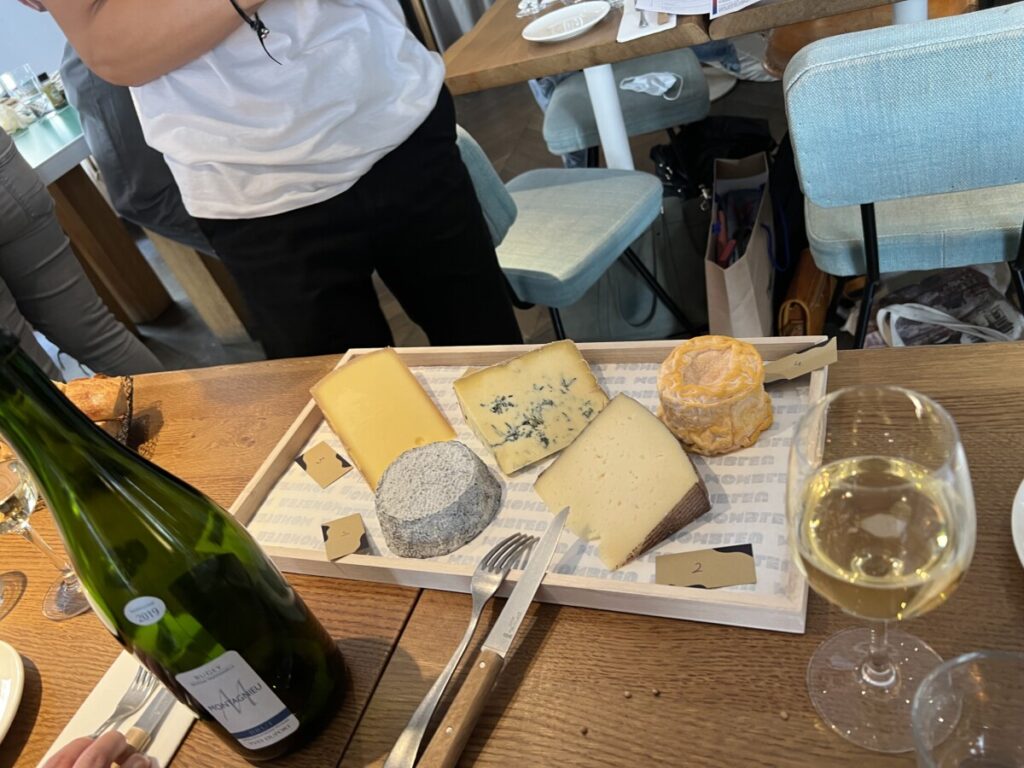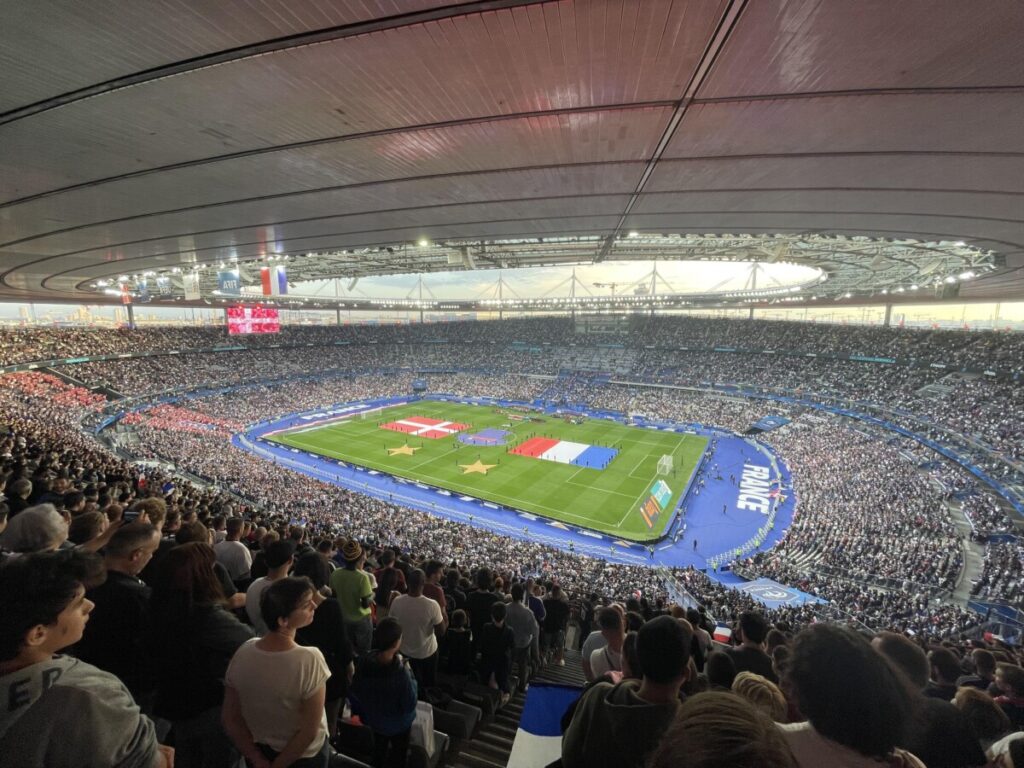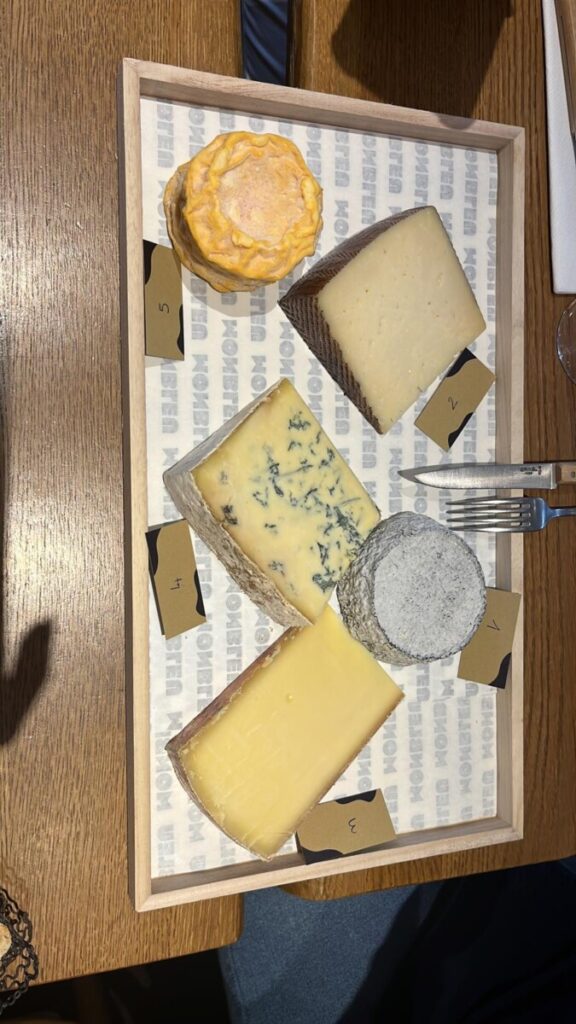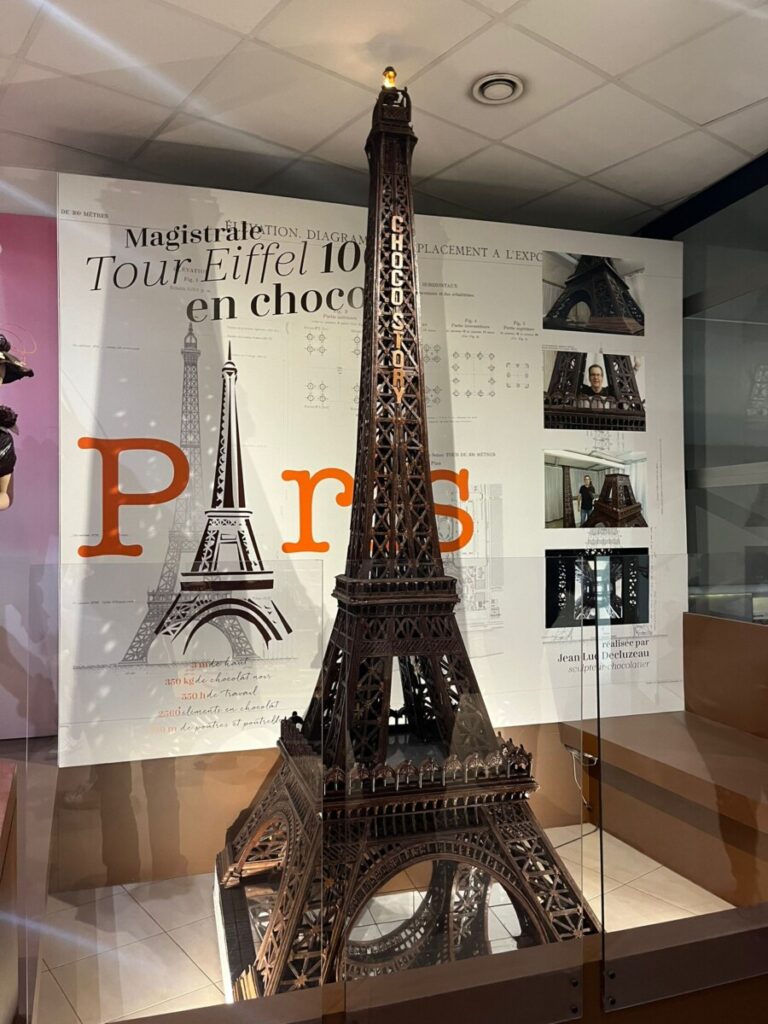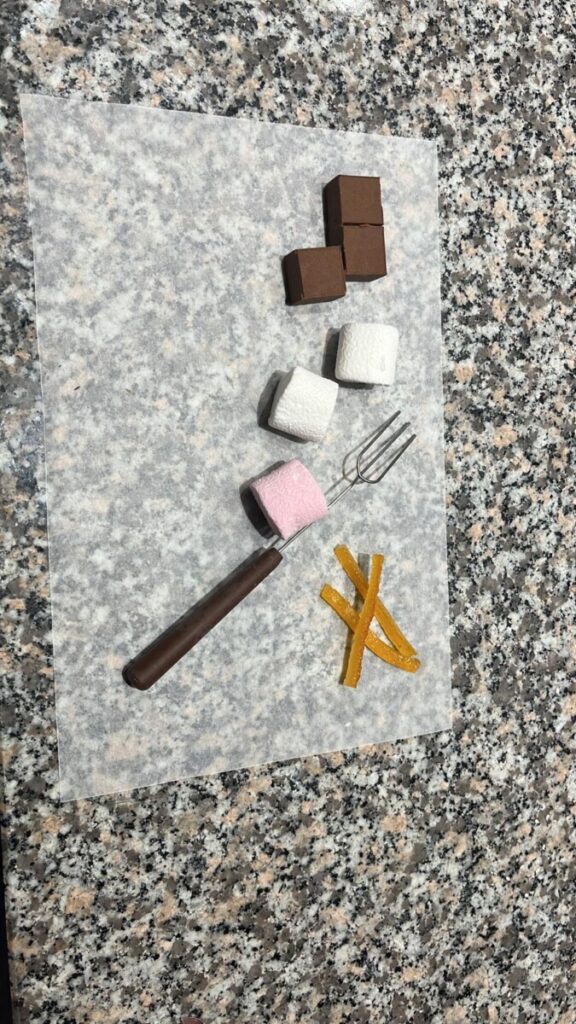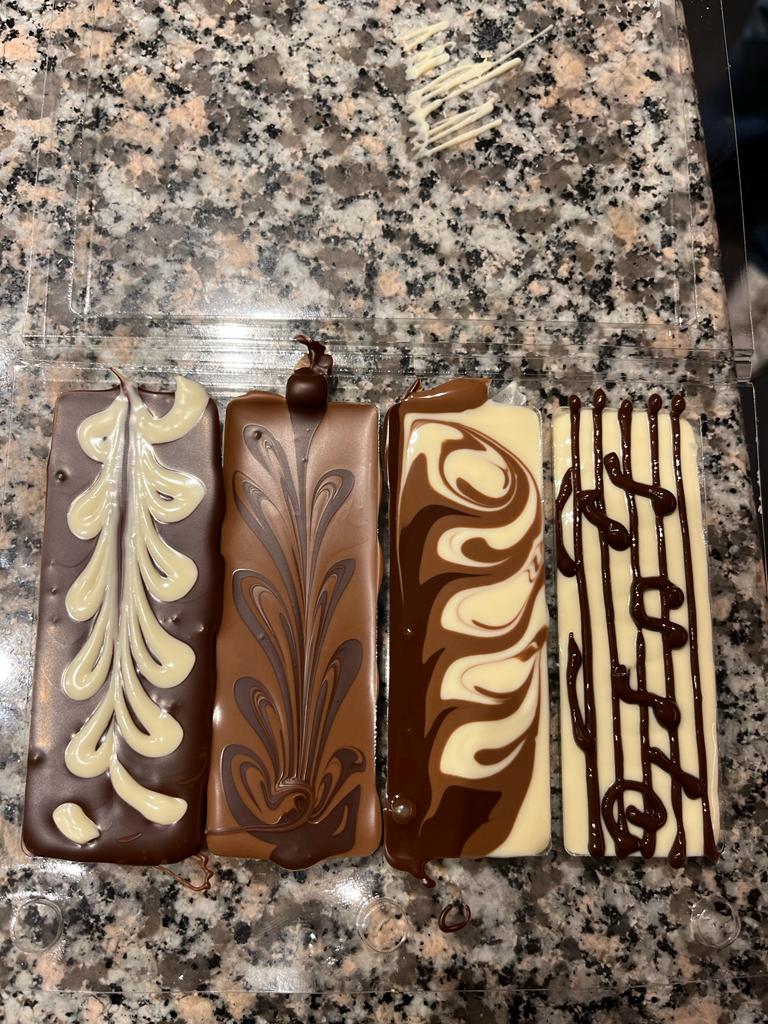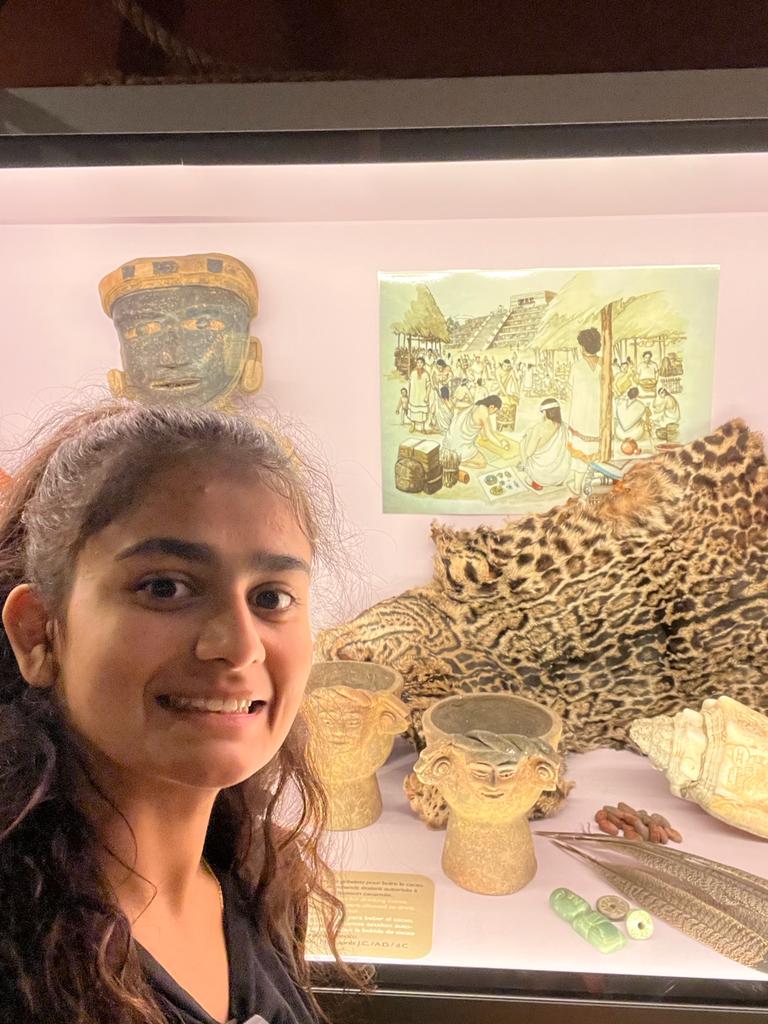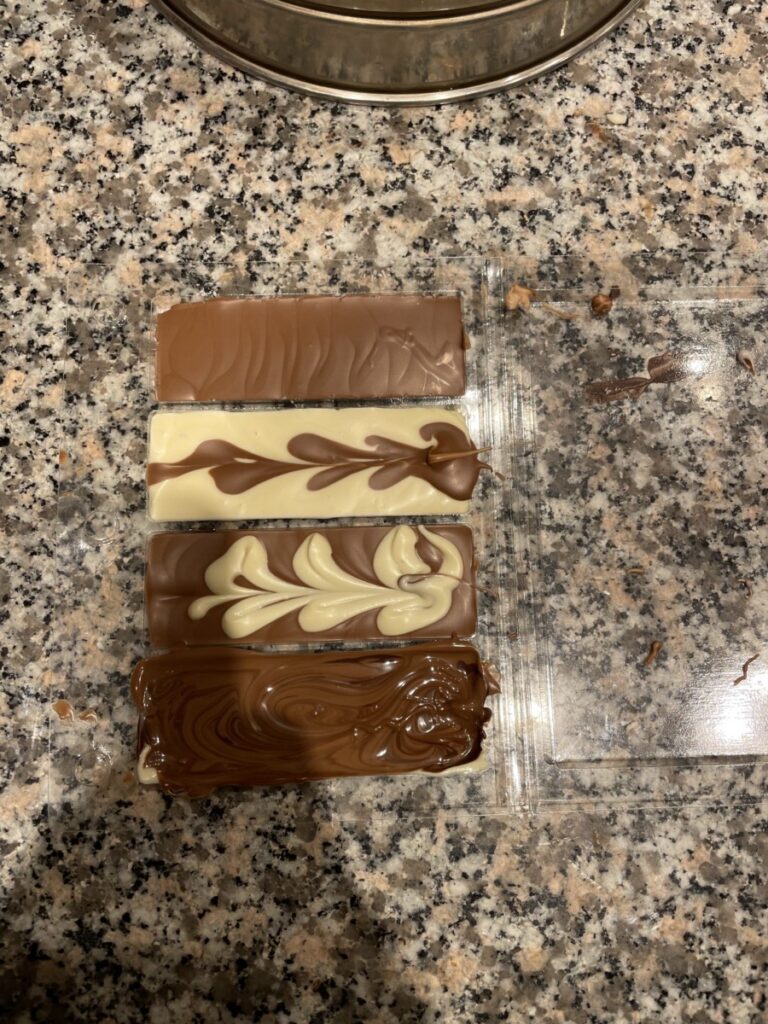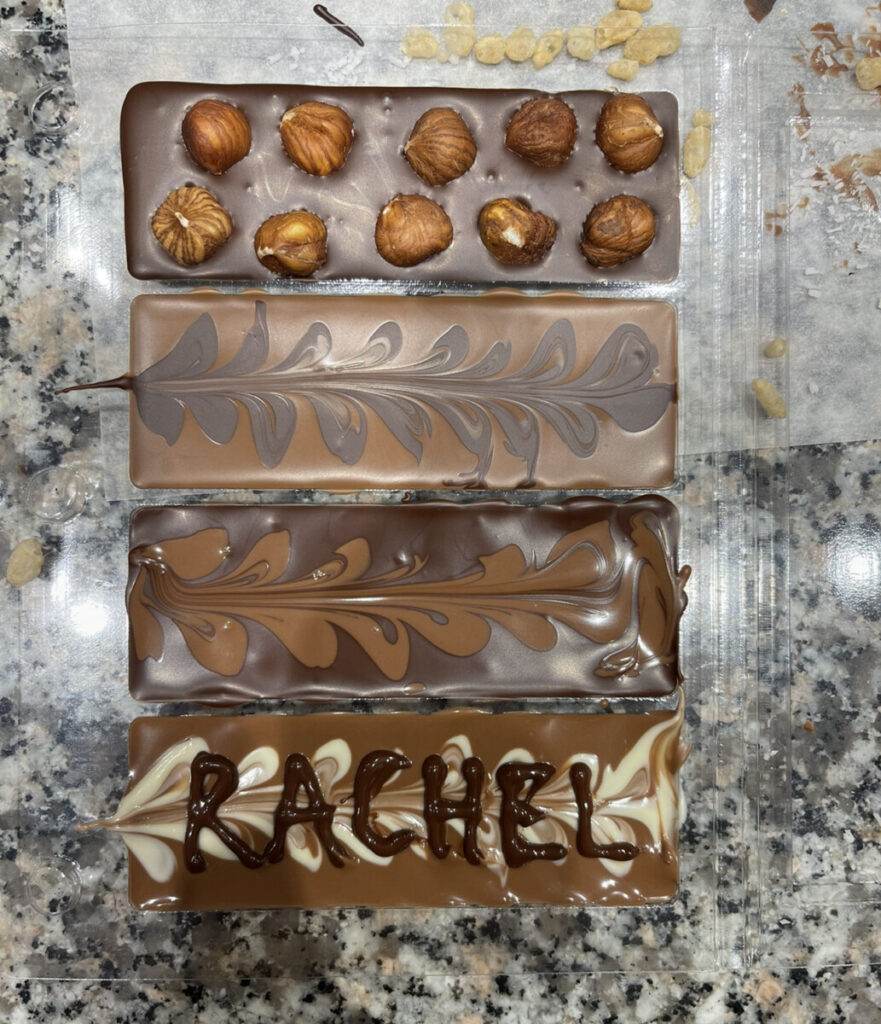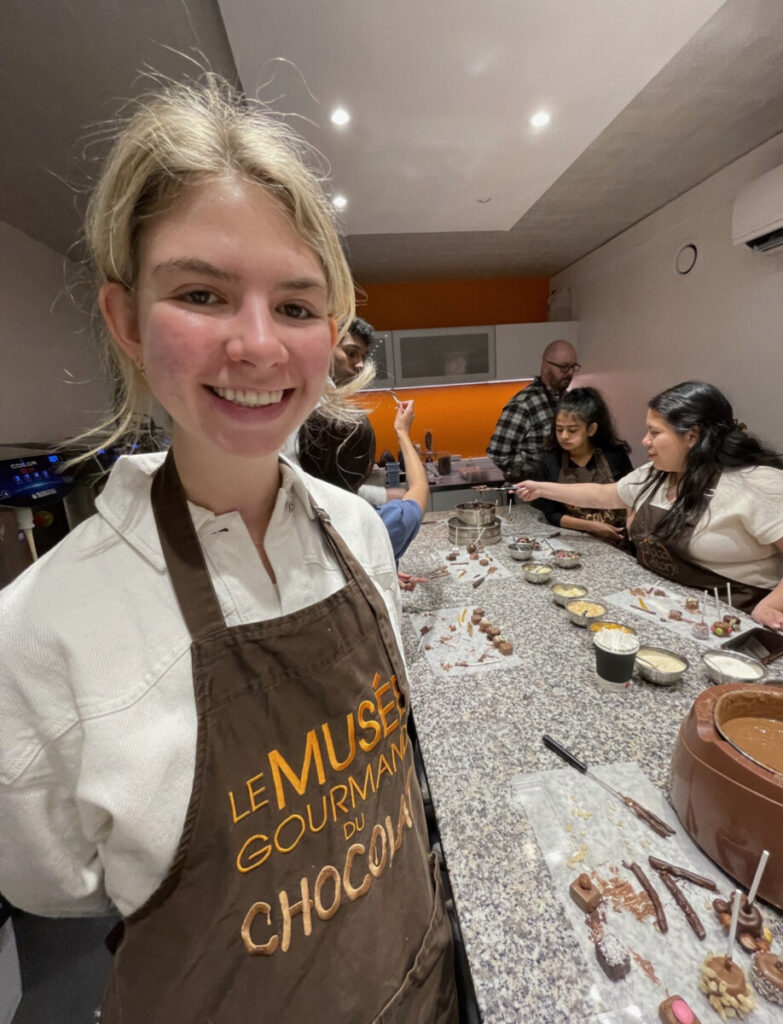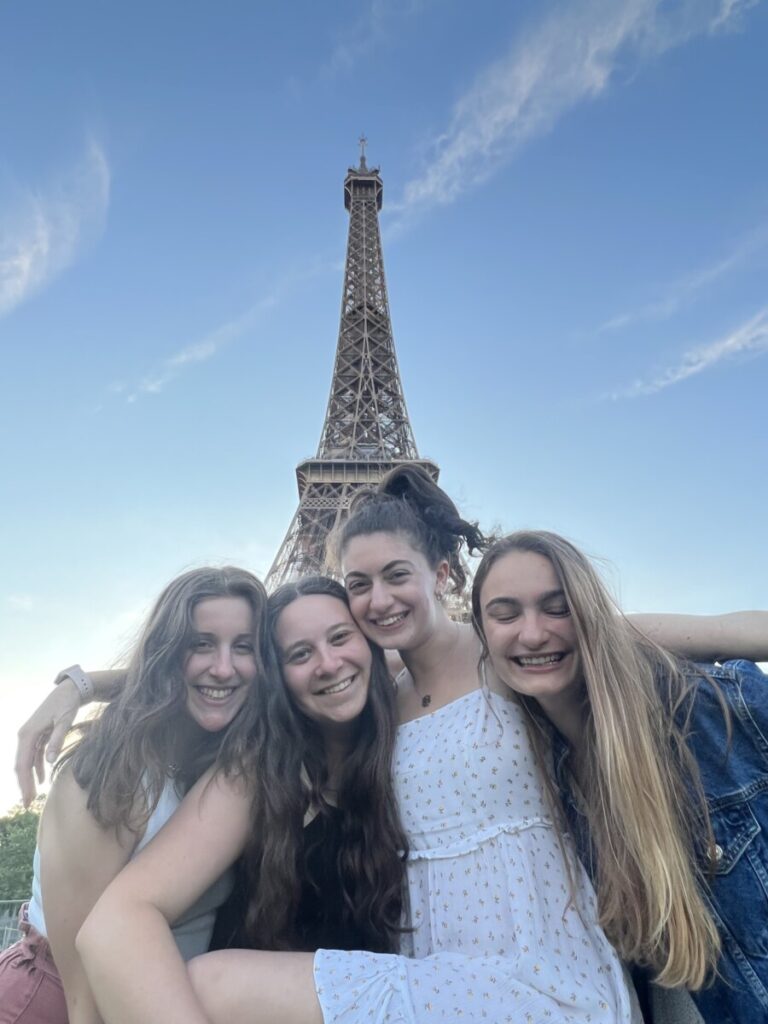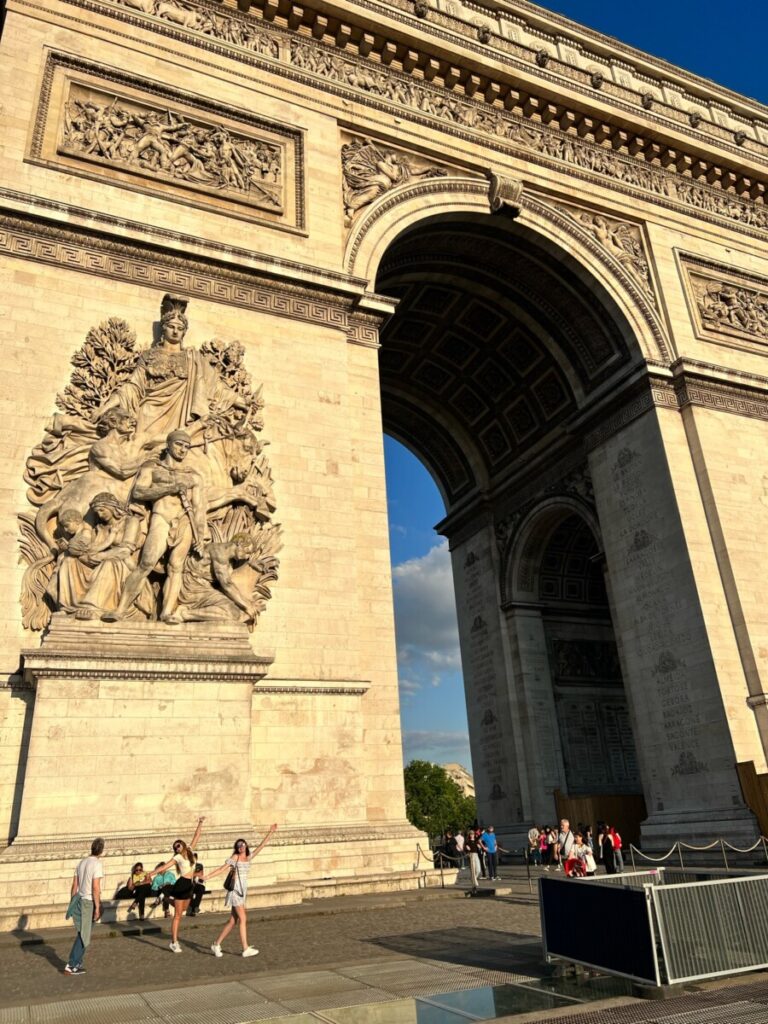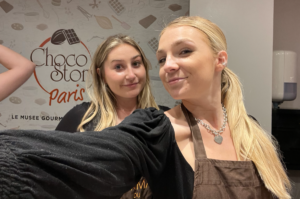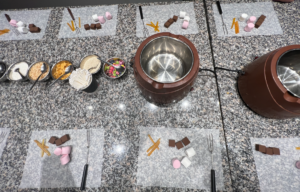I have been going to Disney since I was five years old. Only a few months after immigrating to the United States, I was taken by family friends for the very first time. I remember how fearful I was of all the characters and many of the rides. Living in Florida, only a few hours away from the Parks, my parents would do their best to bring my sister and me as often as they could. Over the years, I slowly outgrew my fears and began to enjoy myself. While doing some research on potential activities in Paris, something that caught my eye was Disneyland Paris. It had been three years since I had last been to Disney, so I knew that I had to go.

On Sunday, May 29th, Khushi, Sharay, and I boarded the RER A towards Marne-la-Vallée at around 9 A.M. After a few wrong turns, we arrived at the park just minutes after opening. Although the weather was much colder than in Florida, the smells, views, and excitement were all identical. Upon entering the park, the smell of freshly made popcorn surrounded us and tempted me, even though I don’t even like it. Everyone around us seemed to be happily munching on popcorn. This reminded me of an article I had read about the Disney company using smells to persuade visitors to make purchases during their trip. After doing more research, I found that Disney Parks use machines called smellitizers to release smells associated with tasty foods, such as popcorn or chocolate, to increase purchases of those items. Additionally, they also manufacture smells and scents during the rides for the purpose of making guests “forget about everything that may be going on in the world and just really enjoy themselves and their family time and make memories that will last forever” (MacDonald, 2020).

The concept of smell as a memory enhancer has been investigated by many scientists before. In a study conducted by Morrin, Krishna, and Lwin in 2011, memories that are associated with or enhanced by smells were tested to see if they can be affected by “retroactive interference”, or the act of diminishing memories after new memories are introduced. After testing one hundred and eight undergraduate students, they found that retroactive interference can have a negative impact on memory retrieval despite being enhanced by smell. However, as soon as the original smell cue is reintroduced, the original memory comes back. This means that, now, anytime I go to the movie theater, I will be reminded of the fun had at Disney!

References:
MacDonald, B. (2020, April 15). How Disney Imagineers Unlock the Smells of Storytelling. Retrieved June 4, 2022, from MiceChat website: https://www.micechat.com/256924-how-disney-imagineers-unlock-the-smells-of-storytelling/
Morrin, M., Krishna, A., & Lwin, M. O. (2011). Is scent-enhanced memory immune to retroactive interference? Journal of Consumer Psychology, 21(3), 354–361. https://doi.org/10.1016/j.jcps.2011.02.008

